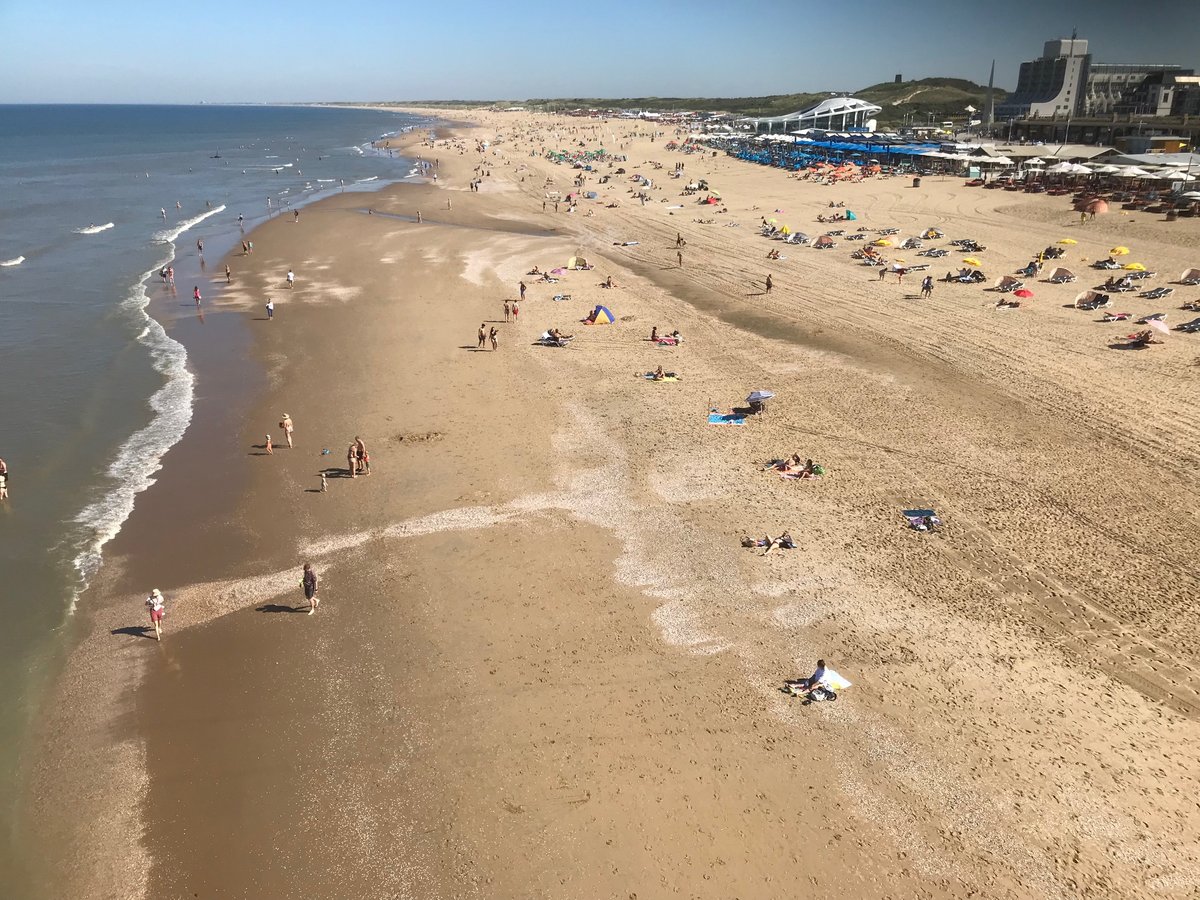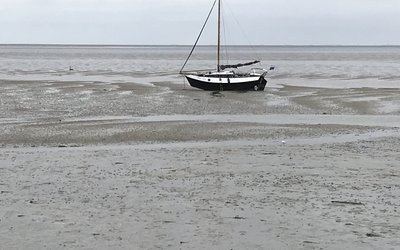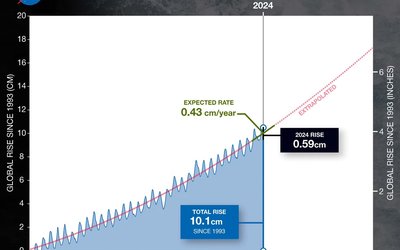Coastal erosion and coastal floods
Coastal infrastructure increases the vulnerability of sandy beaches
January 21, 2025

Beach erosion at ‘hardened’ coasts
When making projections of the fate of the world's sandy beaches as sea level rises, one must consider whether there is infrastructure landward of these beaches. If so, coastal erosion stops once this infrastructure is reached. As a result, beaches along these coasts may eventually be eroded completely. Sand nourishments may be needed to add the sand that has been eroded. However, in the absence of infrastructure, sandy beaches can move landward in response to sea level rise and survive even as the shoreline retreats.
Projections of the erosion of sandy beaches backed by infrastructure have so far not been made at the global scale. Previous studies did not include the impact of this infrastructure and may, therefore, substantially over-predict shoreline retreat of densely populated coasts.
In a new study, satellite images and additional data on building, transport, and land use have been used to assess the urbanization and consequent hardening in the vicinity of sandy beaches at a global scale. For these ‘hardened’ sandy coastlines, potential global beach loss has been quantified under a moderate and high-end scenario of climate change, for mid-century and 2100.
A third of the world’s sandy coastline has been artificially hardened. For Europe, the numbers are much higher: 68% for the sandy coasts of Western and Central Europe, and 65% for the Mediterranean.
Severe beach loss projections
The authors of this study focused on severe sandy beach loss. According to their definitions, future beach loss at hardened sandy beaches is severe when either shoreline retreat at least equals the distance from present-day shoreline to the nearest infrastructure, indicating near-complete beach loss, or shoreline retreat exceeds 100 metres.
They found that under the moderate scenario of climate change, 4%–15% of the world’s sandy coastline could face severe beach loss by mid-century. Under the high-end scenario, the numbers are quite the same: 4%–19%. In 2100, these numbers would have increased to 9%–21% for the moderate and 9%–26% for the high-end scenario of climate change.
These numbers represent severe beach erosion at hardened coasts compared to all sandy coasts. Of only the hardened sandy coasts, projected severe beach loss under the moderate scenario of climate change is 20% and 42% by mid-century and 2100, respectively. For the high-end scenario, these numbers are 23% and 55%, respectively.
Mediterranean coasts are vulnerable
Most sandy beaches under threat are in Eastern North America, Northern South America, Mediterranean, Bay of Bengal, Western Africa, and South-East Asia regions. In the Mediterranean, 20% of the sandy coastline is projected to face severe beach loss under the moderate scenario of climate change, increasing to 37% by 2100.
Maladaptation high-income countries
Severe beach loss is highest in high-income countries where the resources to invest in and maintain coastal hardening structures are highest. According to the authors of the study, these results show that investments in coastal infrastructure in high-income countries ‘may lead to unintended consequences and higher beach losses in the future’ and even ‘maladaptation’. More than half of the global hardened sandy coasts are found in high-income countries. In that respect, the future does not look very bright. The urbanization in coastal zones is projected to continue this century, and so will the development of infrastructure. As a result, sandy beach losses may exceed the estimates above that do not account for future changes in coastal hardening.
Source: Nawarat et al., 2024. Nature Communications 15: 10626.








